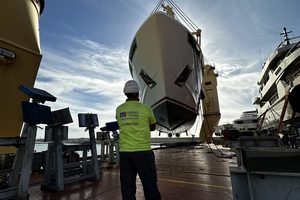Due to the multifaceted nature and diverse styles of yacht usage, working out costs can be extremely hard. The spectrum spans from individuals who utilize their yachts extensively, embarking on extended voyages covering vast distances, to others who adopt a more sporadic approach, visiting occasionally and predominantly remaining moored in port.
The contention arises from the volume of misinformation regarding costs. Part of this is because, understandably, those selling yachts want to paint an optimistic picture. Best-case scenarios are certainly more prevalent than worse-case.
Another factor is the tantalizing prospect of charter offset, a magical payout that will cover all costs by simply chartering your yacht out a few weeks a year. This is rarely the case but its very existence creates more ambiguity. The main reason for misinformation, however, is that when searching for guidance, people try to offer a simple formula for something that is neither simple nor particularly formulaic. Key among these unhelpful formulae is the 10% rule.
To gain a complete picture of large yacht running costs, we spoke to Geoff Moore, MD of West Nautical, about his vast experience of managing superyachts and what is involved.
Why the 10% Rule Doesn’t Work
The 10% rule is based on running costs being roughly 10% of a yacht’s value or purchase price. As a yacht gets bigger, its price goes up and so do the running costs. It’s a simple equation and one that doesn't translate well to something as complex as a yacht.
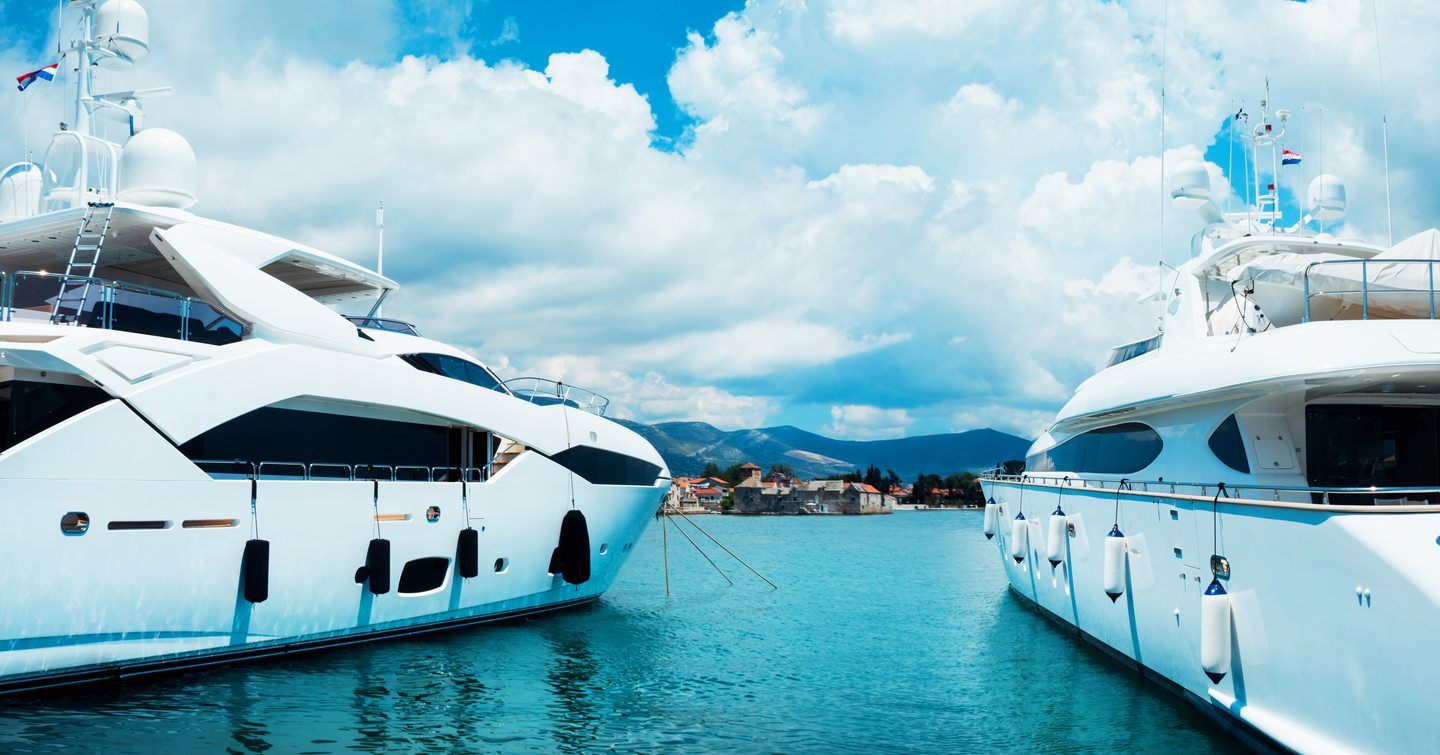
As Geoff Moore succinctly puts it, the 10% theory “does not take into account that as a yacht gets older its value or purchase price will fall but its running costs will go up. At best, it offers a very rough figure for new yachts, but even then it can’t adjust for the key custom yacht costs of crewing and berthing.”
Custom Yacht Complexities
In Geoff Moore's opinion, the main running costs for large, crew-operated yachts, can be broken down into three defined areas:
- Where the yacht operates
- Crew numbers
- Cruising style
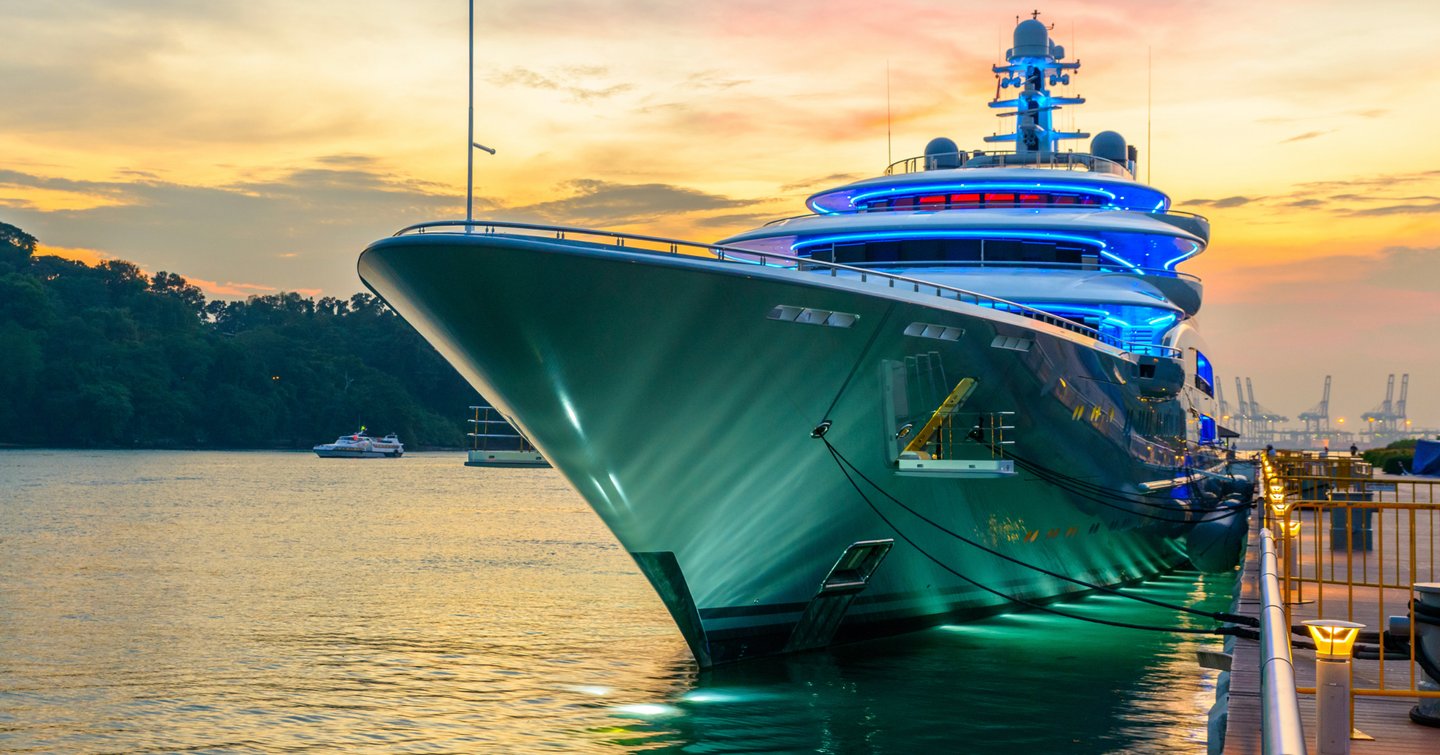
Where the Yacht Operates
Where you choose to keep your yacht will have a major impact on costs, with berthing fees and many other factors needing to be considered.
There are a lot of good reasons to keep your yacht somewhere you like. You have just spent a lot of money to buy your yacht so why then keep it somewhere you are indifferent to? Given your yacht will spend a good deal of time in port, it makes sense that the port in question is somewhere suitably smart with good local amenities, bars, and restaurants.
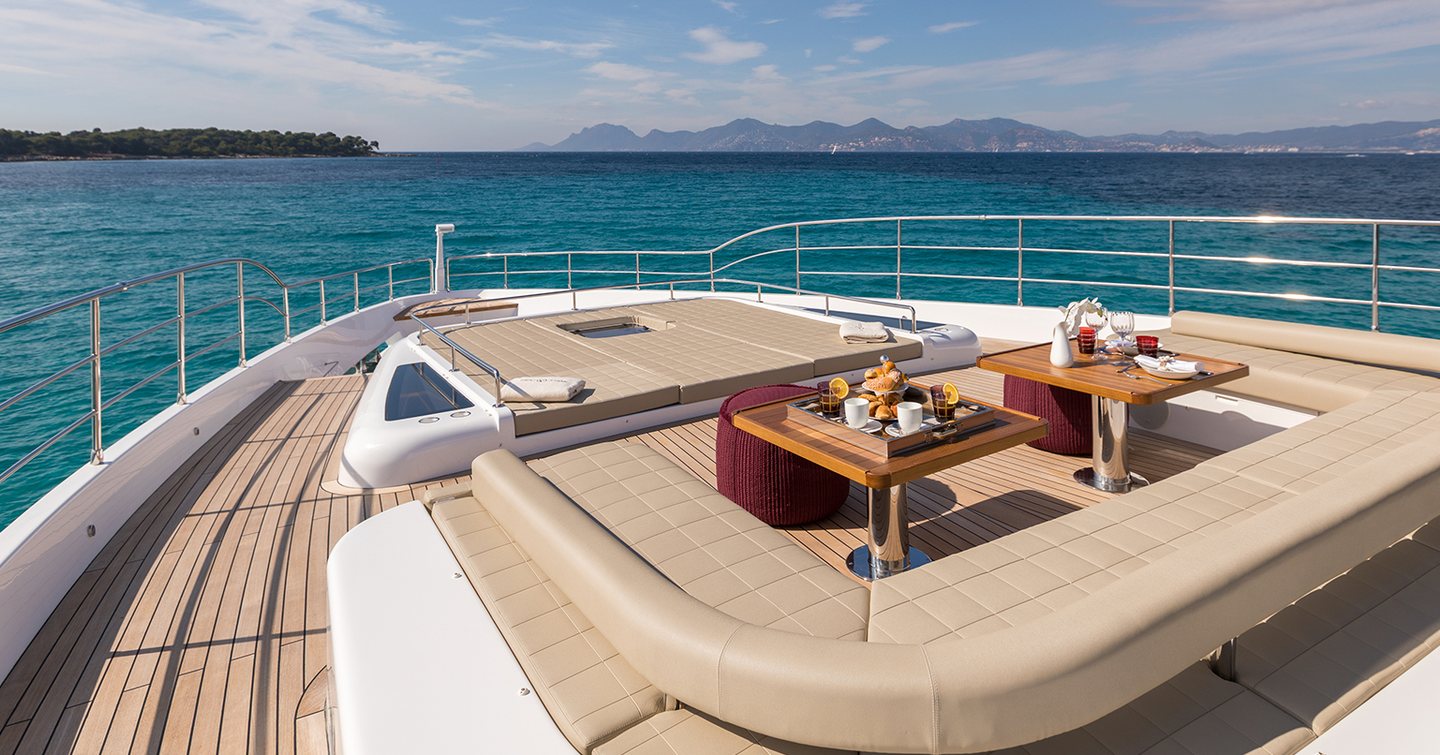
Your crew will thank you too, and it will certainly be easier to find and keep a good crew if your yacht is moored in a fun, glamorous location.
You also want to keep your yacht somewhere with pleasant local cruising grounds and anchorages, picturesque scenery, and a good local transport connection. The trouble is, so will every other owner. This will lead to far higher berthing fees, but also a premium on everything from fuel to car parking.
Beyond Berthing Costs
Geoff Moore explains, “The most sought-after ports and marinas will naturally be some of the most expensive to berth at, but you then need to consider that additional elements, such as maintenance costs and amenities, may also come at a premium.”
“For example, in the Mediterranean, it is quite usual for yacht owners to have parking spaces directly by the home berth. These are an additional cost, as are charges for water and electricity.”
Maintenance and Refit
Maintenance costs in popular cruising regions may well be higher, and when it comes to major works, such as refits, this takes on another dimension. Moore says, “Carrying out repairs and works at your local marina or port may not be the right move. Specialist repair and refit yards are often away from popular cruising grounds and it pays to shop around.”
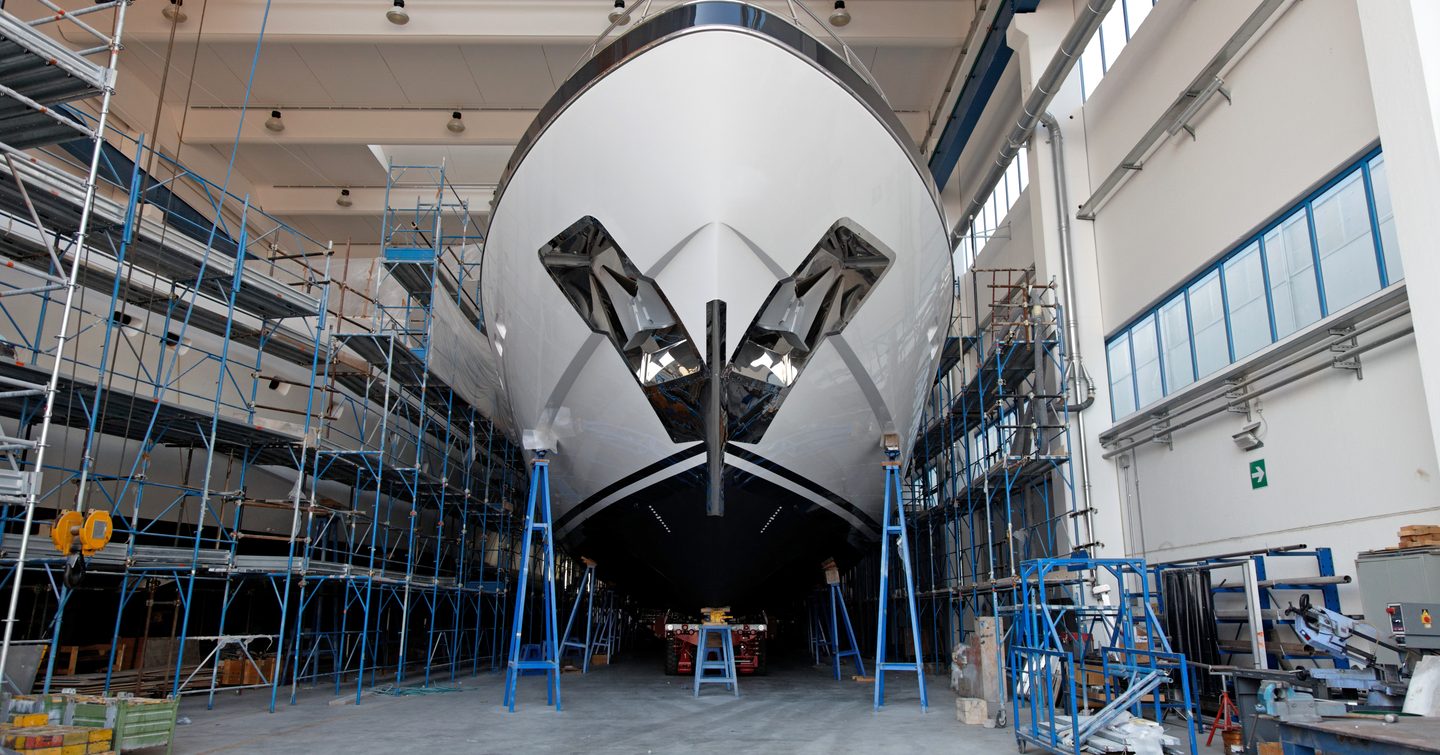
“In my experience, you will find a vast selection of prices for maintenance works and it is the job of the Captain or yacht management company to find the right balance between quality of work and value for money.”
How to Lower Costs
It might be impossible to estimate actual running costs, but it is possible to outline where savings can be made. For example, if you choose to keep your yacht outside of the more popular locations, you can make big savings on berthing fees, whilst, as we see, shopping around for refit or maintenance works can also save you money.
Geoff offers up some useful examples here. “If we take marinas in the popular Western Mediterranean region and compare them to Eastern locations, such as the Italian Adriatic coast or Montenegro, we can see savings of around 30% for 40-60m (130-200ft) yachts. Larger yachts have fewer options for berthing, so savings might be lower, perhaps 15%, but that is still a useful amount.”
“It also pays to shop around for major maintenance works that will take weeks or even months. Taking your yacht out of its local operational cruising ground could save you hundreds of thousands or more. Your crew might not thank you if the yard in question is a million miles from anywhere but there are plenty of specialist maintenance yards in good locations.”
With regular maintenance essential for your yacht it really does pay to find a good yard that mixes a high degree of professionalism with value for money.
Maintenance Schedule
- Five year Class survey and refit works
- Two-year lift-out and associated works
- Annual maintenance
Yacht Location: Key Costs
- Berthing fees and associated costs
- Maintenance costs
- Local services
Crew Considerations
Before you set your budget for crew, you should consider the right number of crew you need for your cruising style. Will the yacht be used privately or put out for charter? Do you want to take onboard more responsibility, or have everything done for you? Also, for larger yachts over approximately 70m (230ft), do you want to employ a crew rotation system?

We know of many owners who see themselves, their families, and their crew as one, with everyone eating and mucking in together. In this case, a smaller crew will be required. If you want absolute hands-off ownership or plan to charter the yacht out a lot, a larger crew may be necessary.
More details
Crew Rotation
It is becoming more common for owners of larger or busy charter yachts to rotate crew, with two or more people employed in the same role. This gives valued crew members time off and ensures that the preferred crew is onboard, fresh, and ready for when the owner arrives.
Looking after your crew and creating a good environment is a sound investment, but doubling up on staff will obviously make costs considerably higher.
Moore gives a few common scenarios. “Whilst the Captain is a central figure, it's not uncommon to have two on larger yachts, with the more senior officer being available for the owner’s arrival. With food such a personal thing, the same scenario can apply to chefs. Experienced chief engineers are highly sought after and so many owners will employ a rotation system to keep the main engineer happy.”
Ultimately, your costs will increase but offering flexibility and rest will mean you attract a better quality of crew.
Cruising Style
Running costs will vary for all sorts of reasons, but your personal cruising style will be chief among them. Cruising style encompasses and affects all of the factors we have discussed, concerning where you keep the yacht and crew numbers, but it also includes things like fuel and insurance costs, wear and tear on the yacht (maintenance), and potential charter income.
Case Study 1: The Adventurer
Using their yacht for private use only, this owner visits the yacht every month and plans multiple voyages with at least one major cruise that takes the yacht to a distant cruising ground.
The yacht does have a home port but is rarely there, so berthing at one of the more expensive marinas is less of a priority. Instead, the yacht often will move to meet the owner at various ports and is very much a home, office, and adventure rolled into one.
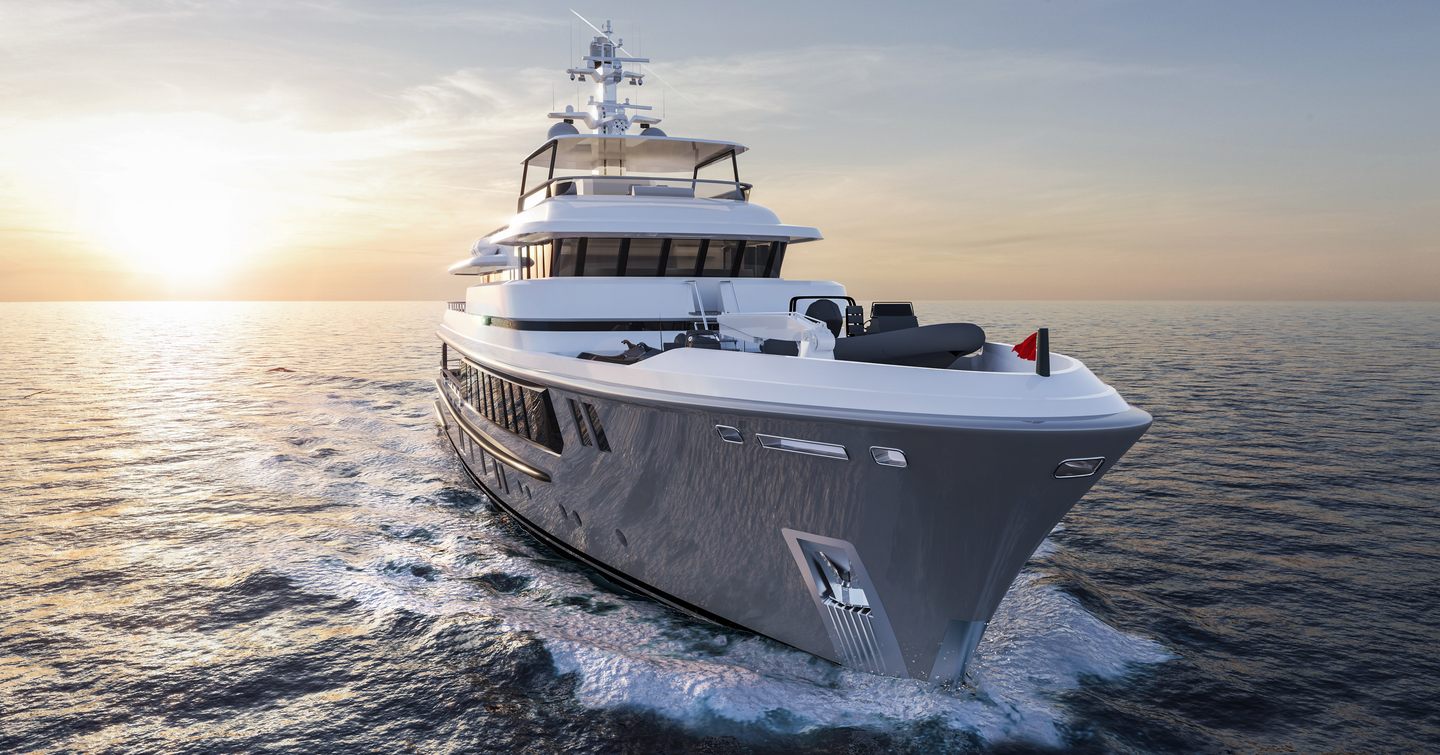
Key Costs:
- Fuel
- Crew
- Insurance
- Maintenance
- Yacht preparation & equipping
- Provisioning
Key savings:
- Lower home berth fees
Case Study 2: The Charterer
Offering their yacht for charter during the peak summer season, this owner has to base the yacht in a popular cruising area. The owner makes weekend visits and stays onboard regularly but without undertaking any major passages.
The yacht does move from the Caribbean to the Mediterranean but does so on the back of a ship, reducing wear and placing less pressure on the crew.

Key Costs:
- Berthing
- Crew
- Insurance
- Shipping
Key savings:
- Charter income
- Lower fuel use (charter guests usually pay for any fuel used)
- Less yacht preparation and time spent equipping
- Lower provisioning levels
Summary
Understanding the key running costs associated with custom yachts is paramount for prospective owners. From maintenance and crew salaries to fuel expenses and insurance, each element plays a crucial role in the overall financial landscape of yacht ownership.
By delving into these considerations with clarity and foresight, potential buyers can navigate the ownership process with confidence, ensuring that the allure of a custom yacht is met with a strategic and informed approach to managing the ongoing expenses that come with the privilege of cruising the world's waters in the lap of luxury.




